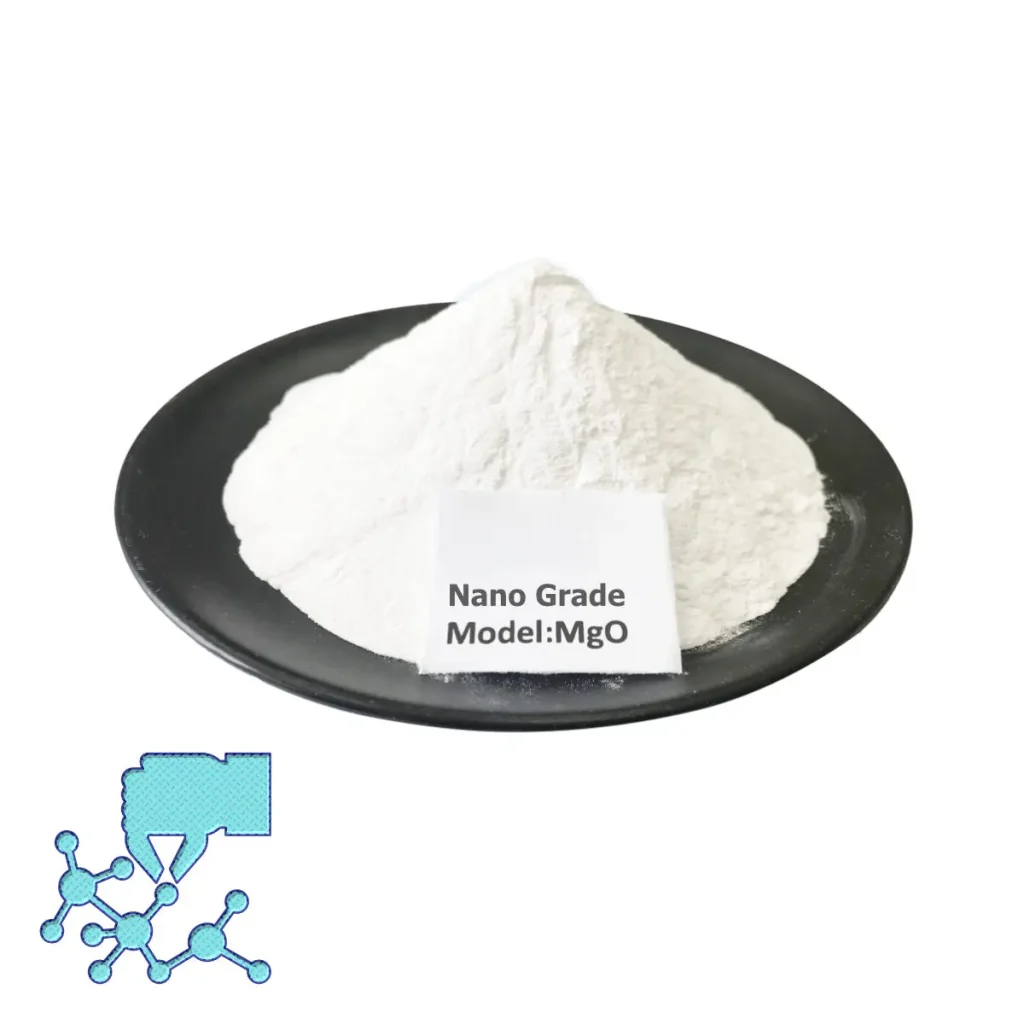Hebei Messi Biology Co., Ltd. stated that one of the current synthesis routes for nano-magnesium oxide materials is the ultrasonic method. This method performs chemical reactions in ultrasonic waves with frequencies between 10Hz and 20MHz. Ultrasound can continuously form and destroy microbubbles, creating “hot spots” at temperatures and pressures of 5000K and 1000atm respectively. Compared with traditional synthesis techniques, the ultrasonic method can increase the reaction rate, resulting in smaller diameter and more uniform shape of the synthesized nanomaterial particles.
The advantage of ultrasonic synthesis is to obtain different types of materials by changing the reaction medium. When the precursor is subjected to the ultrasonic action of high-boiling point alkanes (such as decane or hexadecane), the prepared nanomaterials have higher porosity, and if When polymerizing ligands, the product is a colloid. Studies conducted at an independent research center have shown that the ultrasonic method can be successfully used for the synthesis of nanoparticle magnesium oxide.
Song was one of the first pioneers to synthesize magnesium hydroxide using ultrasonic methods. They developed a simple method to prepare magnesium oxide using magnesium chloride and sodium hydroxide as raw materials. The synthesis process requires high-boiling organic phases such as kerosene and paraffin oil as the medium. In order to fully control the particle diameter, the reaction system also uses a polyoxyethylene sorbitan monostearate modifier. The reactor containing the organic phase was placed in an ultrasonic bath with a fast rotating mixer. The molecular frequency of the ultrasonic wave was 39 Hz. After adding the reactants, the reactor was uniformly stirred for 15 minutes. The resulting precipitate was centrifuged, washed, and incubated at 60°C. Dry under vacuum. Experiments show that the application of ultrasonic waves in the synthesis process limits the growth of precursor crystals in the plane. A small amount of polyoxyethylene sorbide monostearate can well control the particle size of the product, so that the final product has good dispersion characteristics. When ultrasound is used with this modifier, the precipitation of the product is slower, resulting in more uniform material particles.
Hebei Messi Biology Co., Ltd. said that compared with other methods, ultrasonic technology does not require high-temperature operating conditions and can eliminate the problem of difficult control of process parameters such as pH and pressure, but it can only be limited to small-scale synthesis in laboratories. Difficult to produce on a large scale.

